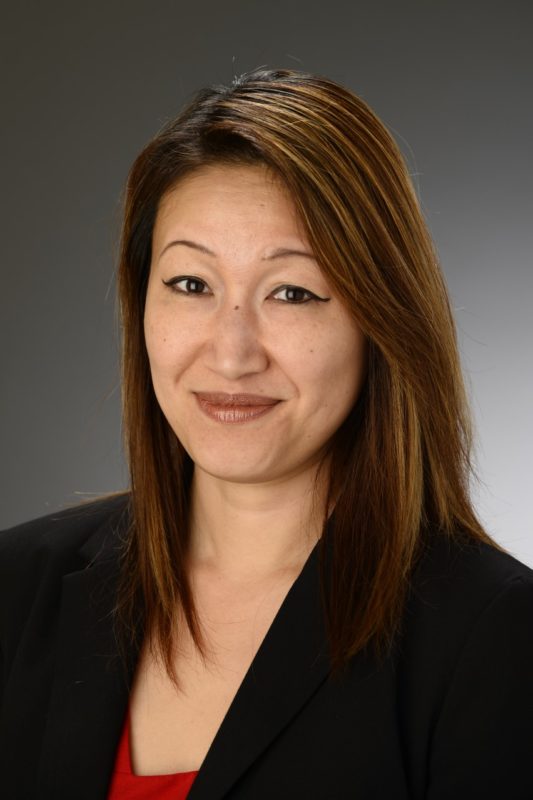
Jackie Chan, Vice President, Head of Decision Insights Group at Prudential Financial, explains how research and insights help inform the business strategy at the company.
As Vice President of Market Research for Prudential Financial (not to be confused with London-based Prudential plc), Jackie Chan oversees Decision Insights Group (DIG), Prudential’s Market Research/Insights Center of Excellence within the CMO organization. As such she is responsible for providing Prudential businesses with actionable insights to inform and shape business decisions that help them achieve their key performance goals and inspire innovation. The company has three main operations: U.S. Financial Wellness (including Individual and Workplace Solutions), PGIM (Prudential’s global investment management business), and International Insurance.
As head of DIG, Chan is at the centre of a group that supports and collaborates across all divisions. She explains how her team informs three main categories:
1. Brand experience: “That’s tightly related to customer experiences. The types of research we do here helps uncover how we position the brand, what is the health of our brand, and how we should think about our campaign execution. And on the other end of that: how we’re fulfilling all those promises to our customers. When they engage with our company, how do we perform across the various touch points? Are we meeting their expectations? And are we everywhere the customers expect us to be?”
2. Business strategy: “For example: a few years ago we did a lot of research to help us understand the opportunities to expand our business and presence in Brazil. We completed an entire program of research really quickly. This taught us that we should be thinking about expanding our presence in the insurance market, given the brand strength that we already held in Brazil. It also gave us really clear direction as to where we could potentially win and how we should differentiate ourselves.”
3. Innovation: “For us, innovation comes in all shapes and forms. It can be around how we engage with our customers, how we distribute and go to market, or around our actual products. The work that we do in support of innovation can take two different forms. First there is the more traditional market research, for instance an assessment that helps you identify potential white spaces. On the other end of the spectrum we do a lot of iterative testing and design, partnering closely with many of the teams that have the potential to do faster, and smaller bits of insights that can help us take a more agile approach.”
Mighty
Within a large company like Prudential there’s a full ecosystem of insights, Jackie explains. “Data Analytics and Marketing Analytics are separate teams, but we partner and work closely together where it makes sense.” The DIG team today is less than 25 people. “Not a huge operation,” says Chan, “but we have a strategy and a focus, and we’re value-led and efficiency-driven. So it’s a small and mighty team that focuses on the important things that drive outcomes.” Her department works with a number of different vendors and technology companies that bring different capabilities to the table. “Looking back at the last two years, we were quite vendor-reliant; either because of capabilities that we didn’t have in-house or because of access to audiences that we didn’t have. Part of the evolution we’re going through right now is to shift more of the work in-house.”
Democratising access
One of the solutions Chan’s team currently works with is AiME (pronounce: Aimee), an AI-powered insights assistant created in partnership with Market Logic. According to the latter AiME is already used by more than 300 active users to access $30 million of knowledge assets with one-click search, so stakeholder questions are answered faster. The intuitive interface has saved Prudential upwards of 1,000 hours, by giving marketers the tools to find insights themselves. Chan explains why this is crucial: “Insights sitting on a shelf are useless. We need to democratise access to it and raise the visibility of the insights in places that could benefit from them. AiME helps facilitate this capability. And we have actually been spending way less time as a team answering pretty basic questions.”
Although Chan stresses the importance of leveraging technology, such as augmented reality and virtual reality, in the end it’s all about the human factor and about the Insights team connecting to consumers in an empathetic way. “After all, we’re all humans ourselves. We have to actively listen and try to put ourselves in our customers’ shoes. Only then will we be able to relate to them.
She concludes with three wishes for the research and insights sector to adapt to future challenges: “First and foremost, as a corporate insights team leader, I think we need to help our teams develop the skills to focus on where value will actually get generated. My focus is firmly on insights activation. I also wish for open-mindedness in balancing rigor with agility so that we are always willing to experiment. And finally, research really needs to put the customers at the centre – let’s not forget that completing a survey itself is an engagement and an interaction that should be customer-centric in its design.”


